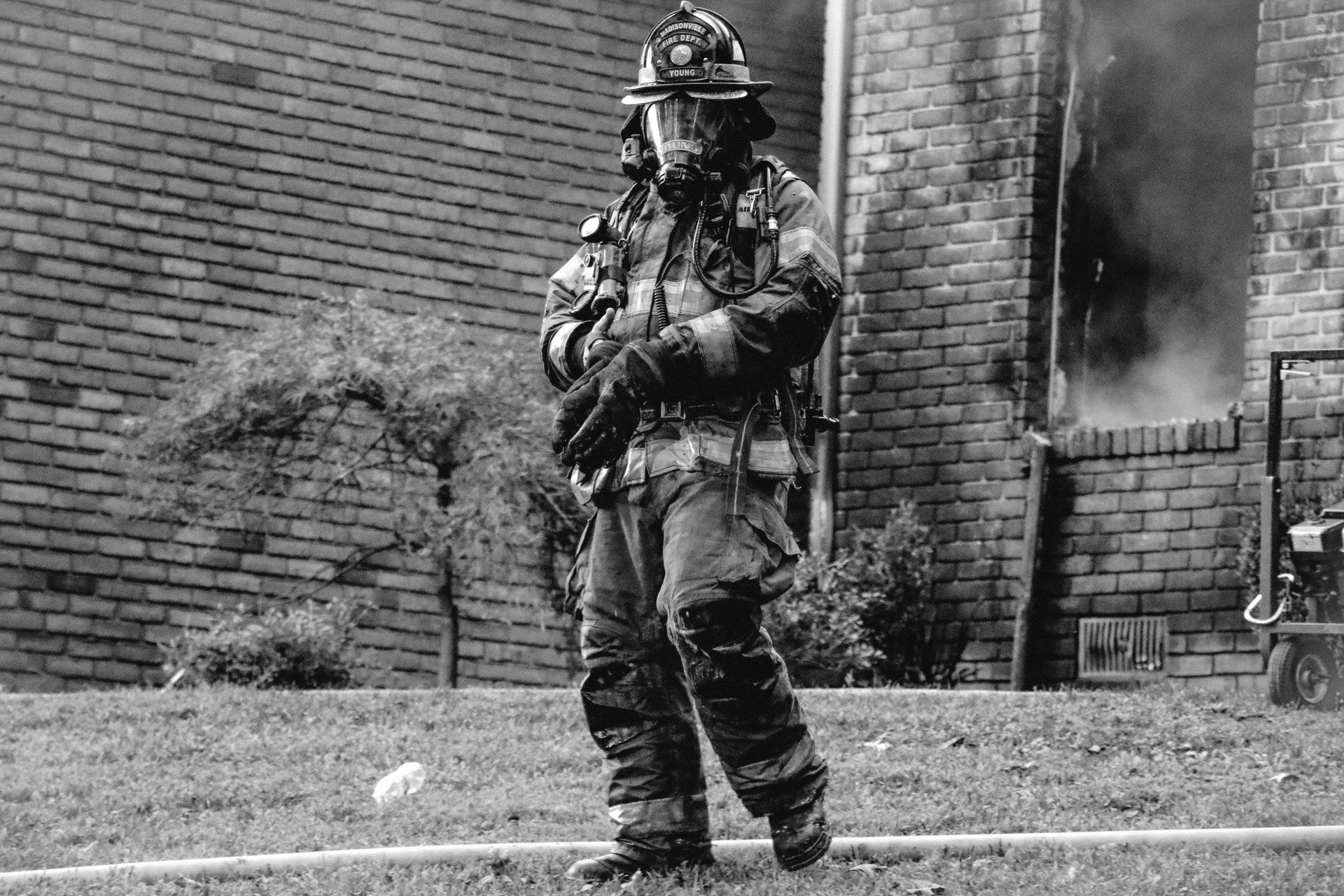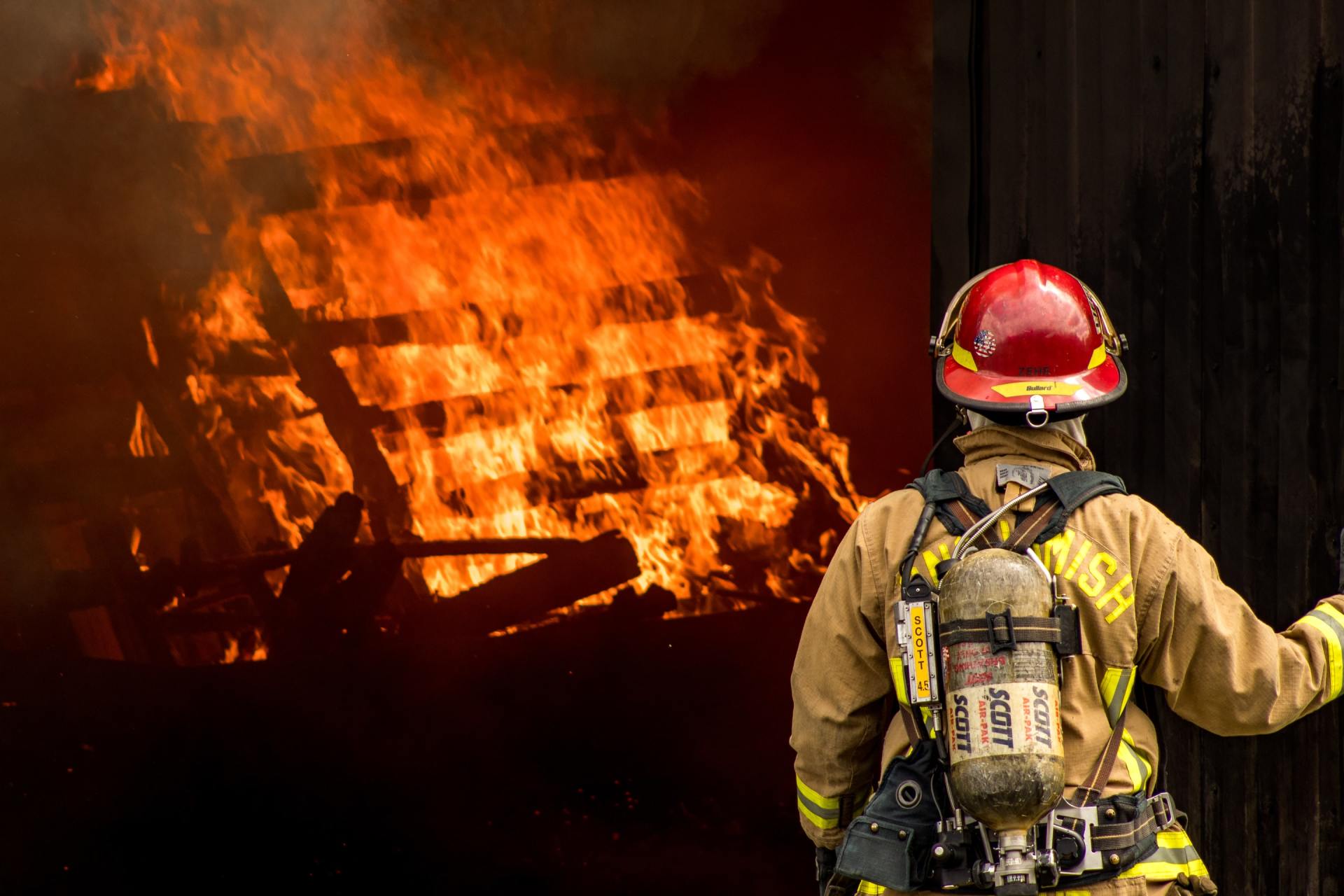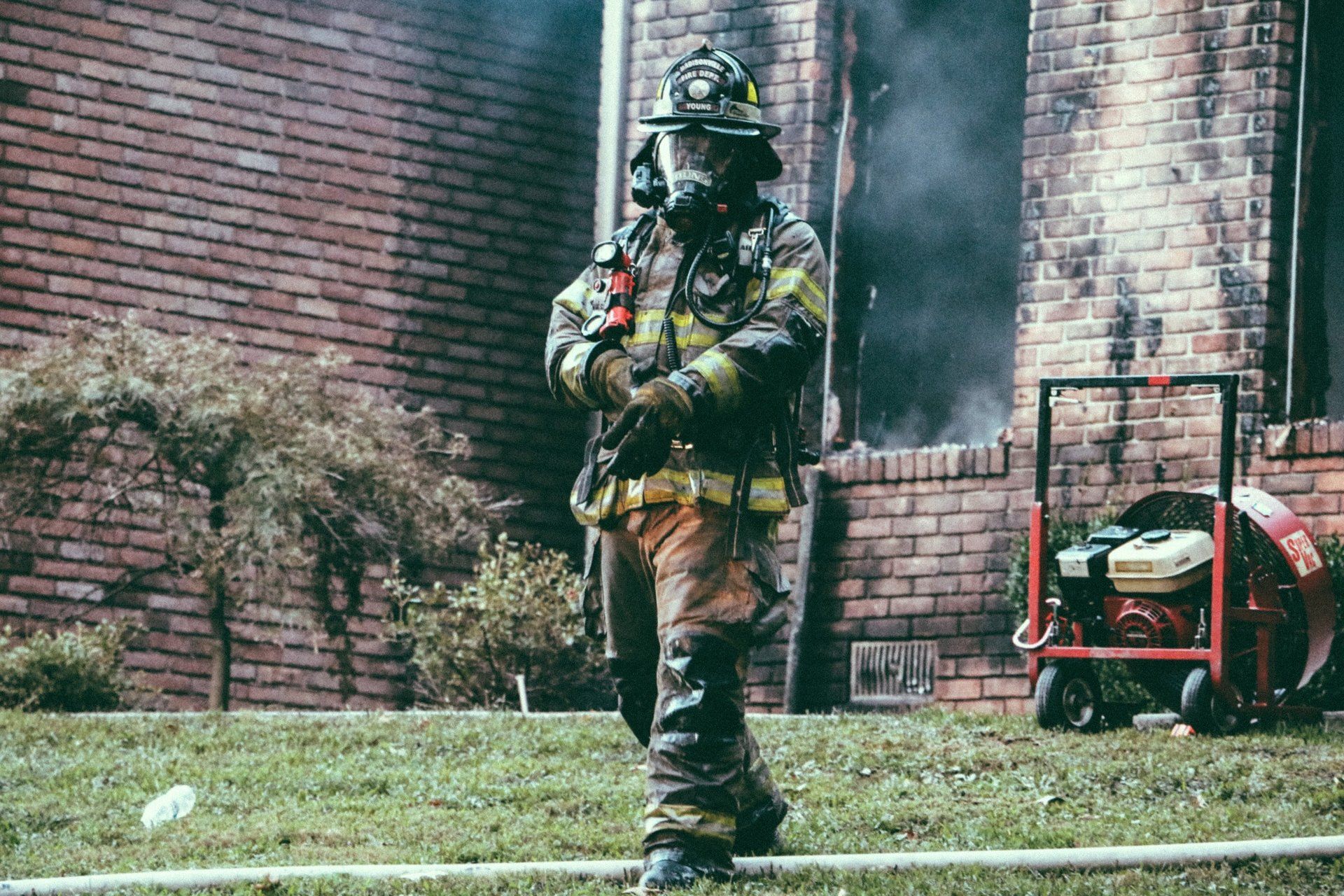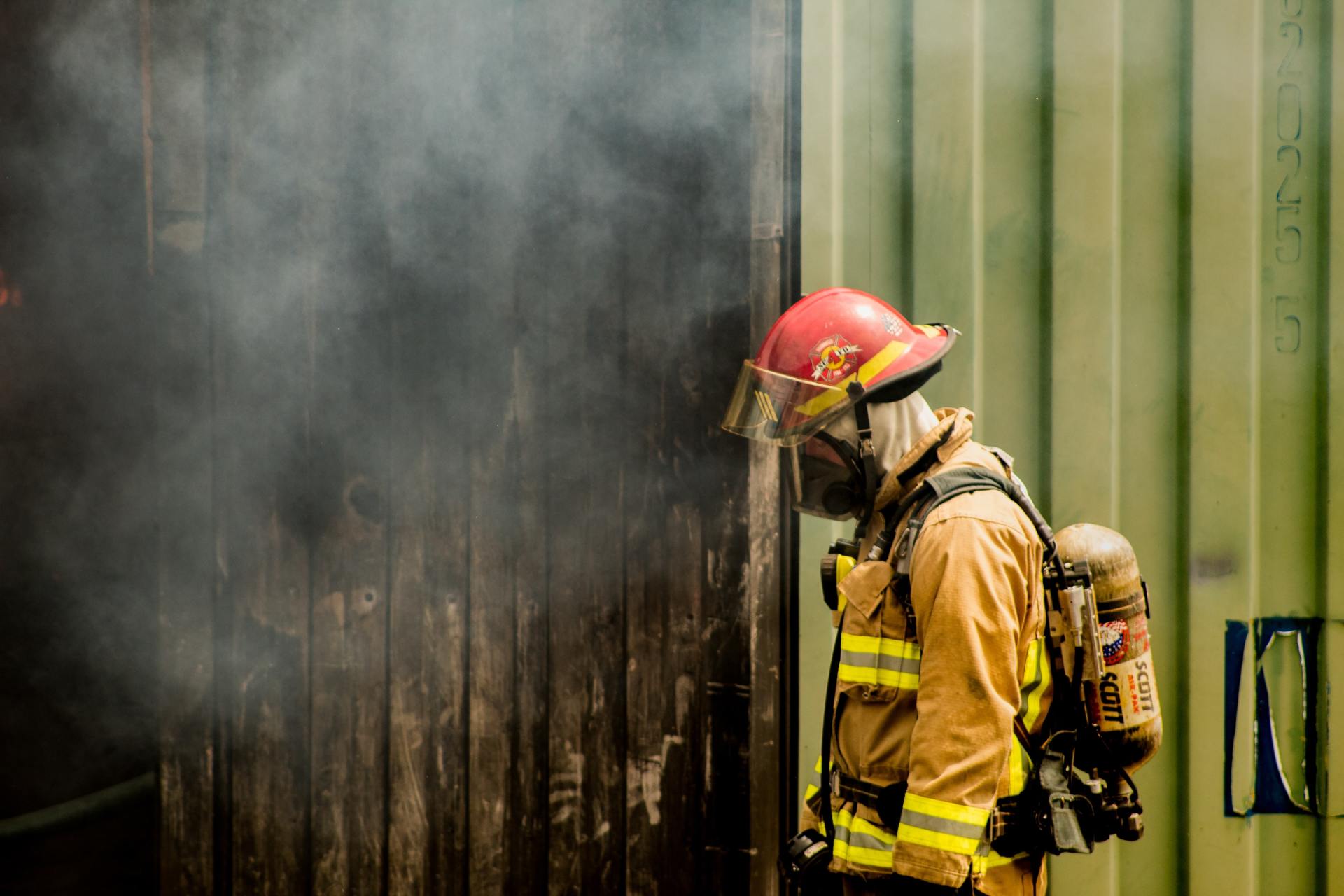FIREFIGHTING FOAM (AAAF ) SETTLEMENT CENTER
FIREFIGHTING FOAM (AAAF ) SETTLEMENT CENTER
Firefighters diagnosed with cancer claim settlements
Millions of brave firefighters put their lives on the line to protect the people, not profits. Chemical giants manufacturing firefighting foam knowingly put millions of lives at risk of cancer when they failed to warn people about the toxic ingredients. Victims of this deceitful act and advocates are coming together to recover the large cash settlements our firefighters deserve. Victims are represented by an attorney who has recovered millions for these types of cases. Clients pay nothing unless the law firm wins. That's why more and more victims are reaching out to file claims for settlement.
Find Out if You Qualify Now.
Get Help Today!
AFFF ... The Problem!
AFFF ... The Problem!
What is AFFF?
Known officially as aqueous film-forming foam (AFFF), firefighting foam creates a blanket that cuts off the fuel from the oxygen it needs to burn. To help smother the fire, chemicals known as perfluoroalkyl and polyfluoroalkyl substances (PFAS) were, and in some circumstances, still are used.
Major health organizations like The Centers for Disease Control and Prevention (CDC), United States Environmental Protection Agency (EPA), and the American Cancer Society (ACS) have noted that certain PFAS may be linked to cancer in firefighters. In fact, the EPA has classified PFAS as “emerging contaminants,” meaning they are likely dangerous to human health.
The highly durable nature of PFAS means they do not break down over time. Because of this, they may remain in the body for years.
How is AFFF contaminating the water?
AFFF gets into the environment once the firefighting foam is discharged and released during use and due to spills and leaks which occur in AFFF storage locations. AFFF can contaminate the soil, surface water, and groundwater and the residual materials can enter drain systems and discharge to remote locations.
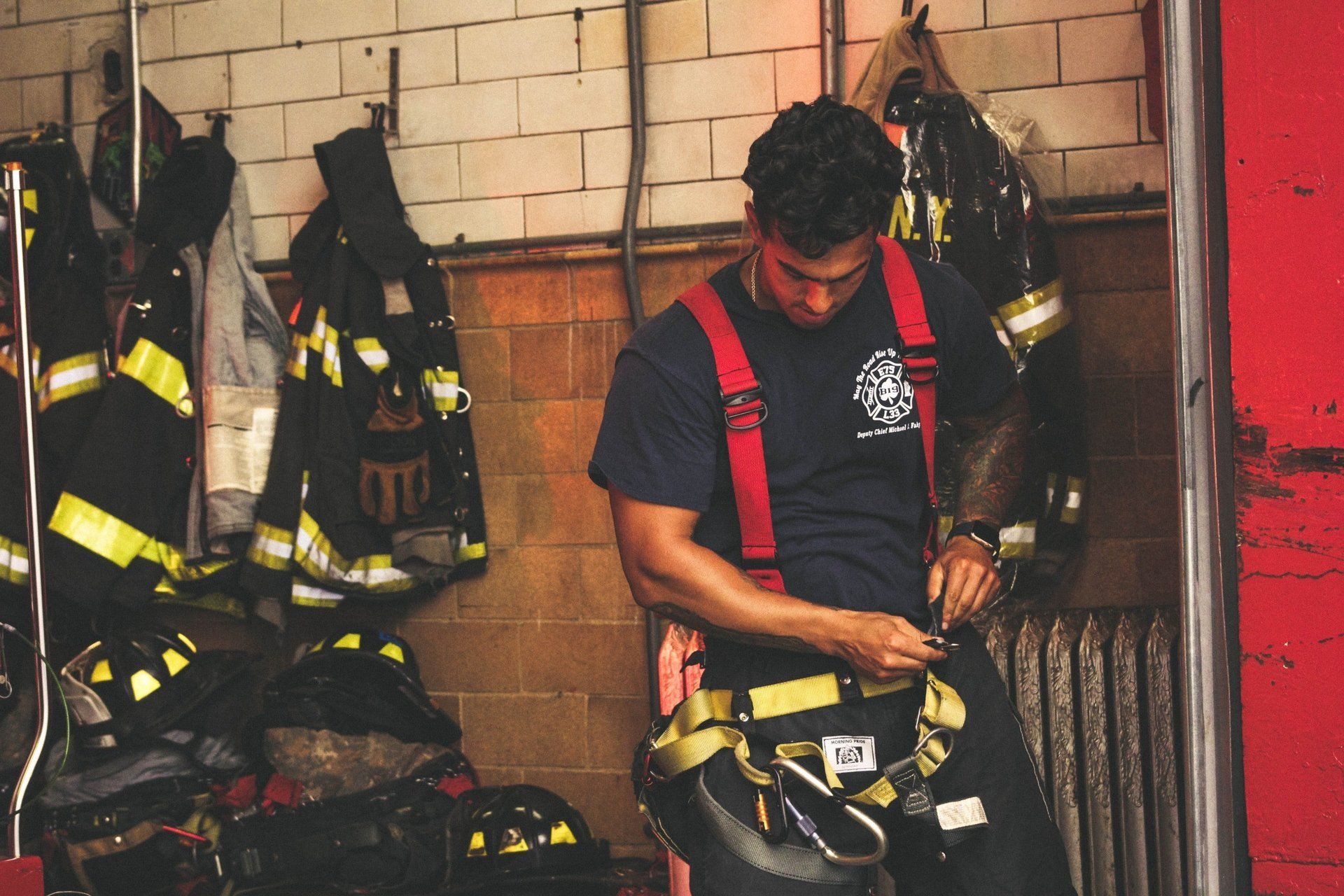
The U.S. Department of Veteran Affairs has also begun warning veterans about the increased risks of testicular cancer and kidney cancer after being exposed to the fire-fighting foam in military facilities.
Timothy Putnam, the Vice-President of the Tidewater Federal Fire Fighters and a member of the International Association of Firefighters, spoke to the U.S. Senate about this chemical crisis. In this statement, Putnam cites animal testing, human exposure, and research done by the International Agency for Research on Cancer (IARC) to link exposure to this firefighting foam to testicular and kidney cancer. Airports are also now switching to PFAS-free fire foam due to the current firefighting foam’s links to cancer. This provision was passed as part of the reauthorization of the Federal Aviation Administration which passed the Senate 93-6.

